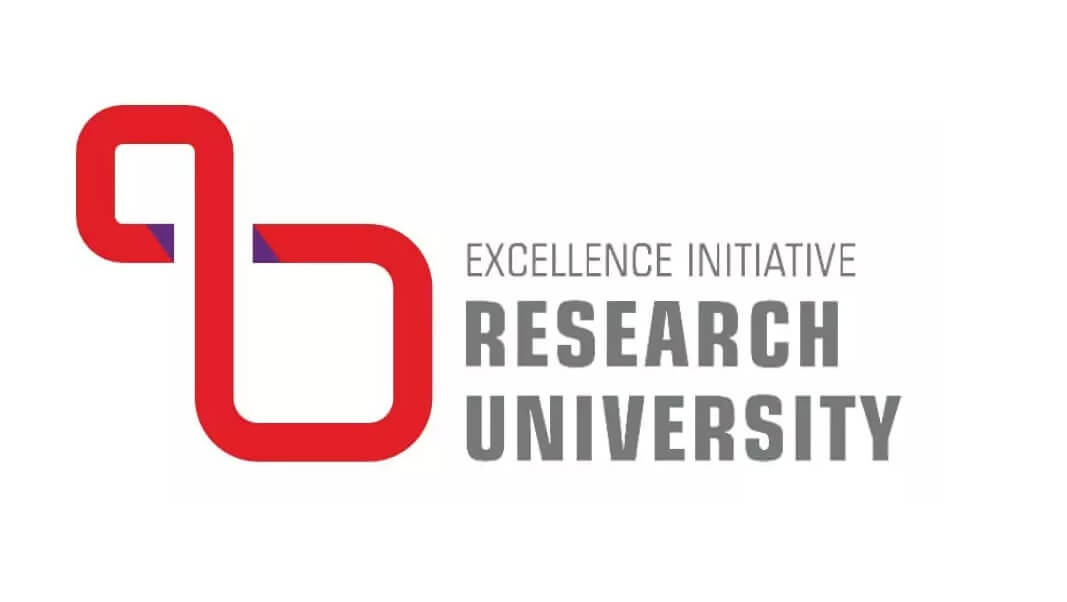The scientific conference dedicated to the 25th anniversary of the functioning of the electron microprobe laboratory

19 07 2024
Category: Conferences, Events, Geology
On June 17 and 18, 2024, a scientific conference dedicated to the 25th anniversary of the electron microprobe laboratory took place at the Faculty of Geology, University of Warsaw, at al. Żwirki i Wigury 93, under the auspices of the Polish Mineralogical Society. The first day of the conference was dedicated to presentations on major scientific achievements significantly contributed to by research conducted at the electron microprobe laboratory over the past 25 years. The scientific discussion was opened by the Dean of the Faculty of Geology, Dr. Hab. Prof. Ewa Falkowska.
At the beginning, Prof. Dr. Hab. Bogusław Bagiński, together with the initiator of the electron microprobe laboratory, Prof. Dr. Hab. Andrzej Kozłowski, recalled the history of the organization and the quarter-century of operation of this unit, which is particularly important for the entire mineralogical and petrological community. They paid special attention to the role of the staff, notably the late Dr. Piotr Dzierżanowski and Ms. Lidia Jeżak, who, through their dedication, created an exceptional laboratory where anyone needing reliable, precise, and rapid chemical composition analysis in a micro-area could perform it swiftly and accurately with the assistance of Piotr and Lidia in a friendly and pleasant atmosphere. The contributions of Dr. Petras Jokubauskas and Dr. Beata Marciniak-Maliszewska, who successfully continue and develop the achievements of their predecessors, were also acknowledged. Thanks to 500,000 analyses performed at the laboratory, more than 300 publications with a global reach have been produced, and 79 new mineral phases have been described and approved by the IMA.
The invited guests, Prof. Dr. Hab. Irina and Evgenij Galuskins and Prof. Dr. Hab. Adam Pieczka, mineralogists who owe many of their important achievements to data obtained from the electron microprobes at the Faculty of Geology, presented summaries of their scientific achievements and interesting aspects and curiosities regarding the study of new mineral phases often developed in collaboration with Dr. Piotr Dzierżanowski. An important moment of the first part of the conference was the unveiling of a commemorative plaque dedicated to Dr. Piotr Dzierżanowski, the first head and organizer of the electron microprobe laboratory, by the Vice-Rector Prof. Dr. Hab. Zygmunt Lalak and Dr. Dzierżanowski’s wife, Iza Dzierżanowska, at the entrance to the electron microprobe laboratory, which has been named in his honor.
The subsequent sessions on the first day of the conference were dedicated to lectures presenting research results achieved with significant support from microprobe analysis data. Among the international guests who presented their research results were Prof. Daniel Harlov from GFZ Potsdam, Prof. Gražina Skridlaite from the Institute of Geology and Geography in Vilnius, and Prof. Leonid Shumlyanskyy from the Ukrainian Academy of Sciences in Kyiv. During breaks between lectures, participants could also view the presented posters. A total of 90 participants attended the first day of the conference.
On the second day, a series of workshop sessions were planned to introduce conference attendees to new analytical tools available at the Faculty of Geology, UW. These tools, like the electron microprobe, are accessible to all scientists who wish to use the latest advancements in analytical techniques for their work. The workshop covered advanced analytical techniques enabling high-quality microprobe analyses, the use of new techniques combining Raman spectroscopy with scanning microscopy into a single research system, basic principles of electron backscatter diffraction (EBSD) for studying mineral structures under a scanning electron microscope, advanced techniques for analyzing the composition and image of fresh rock and mineral samples on a digital optical microscope, and a Keyence chemical composition analyzer. A total of 26 people participated in the workshop.
The event was made possible thanks to funding from the Institute of Advanced Studies under the IDUB Program.

